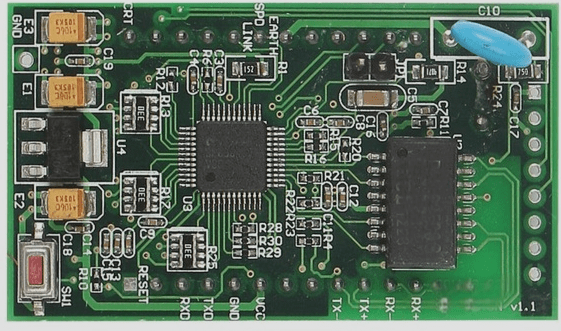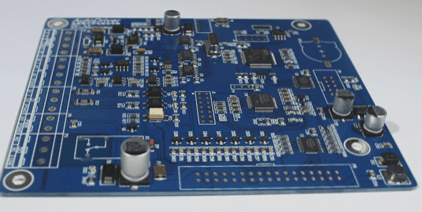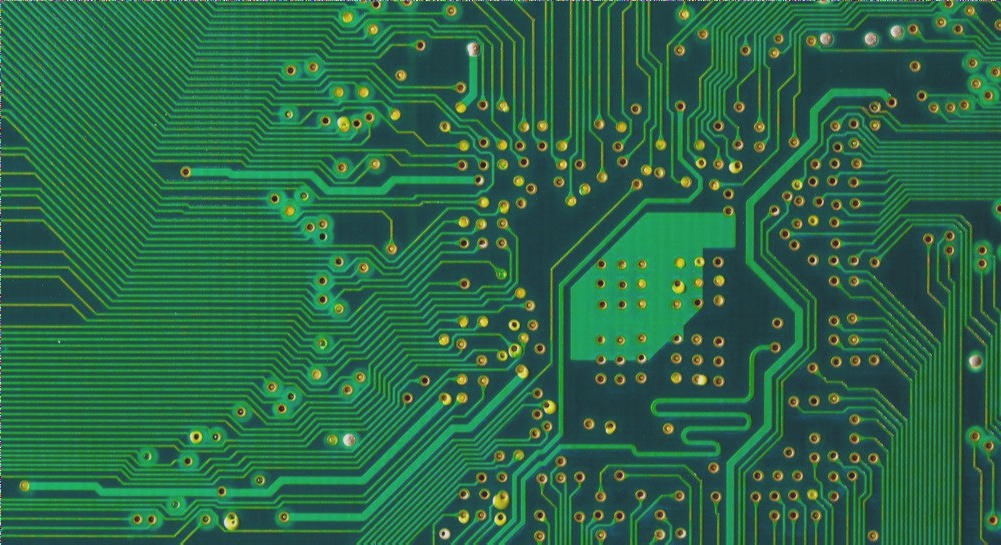Electroless Nickel/Immersion Gold Process in PCB Fabrication
The electroless nickel/immersion gold process is commonly used for PCBs with connection requirements and longer storage periods, such as mobile phone keypads and router housings. This process ensures elastic connection between the chip processor’s edge connection area and the electrical contact area.
In the 1990s, electroless nickel/immersion gold gained popularity due to issues with hot air leveling flatness and the removal of organic coating flux. Despite challenges with black discs and brittle nickel-phosphorus alloys, this process has seen a decrease in usage. However, nearly every high-tech PCB factory now incorporates electroless nickel plating/immersion gold wire in their production processes.
Portable electronic products, like mobile phones, typically utilize copper-tin intermetallic compound solder joints formed by organic coating, immersion silver, or immersion tin. Electroless nickel/immersion gold is reserved for key areas, contact areas, and EMI shielding areas. Currently, around 10%-20% of PCBs undergo the electroless nickel/immersion gold process.
Immersion Silver as an Alternative
Immersion silver serves as a cost-effective alternative to electroless nickel/immersion gold for PCBs with connection requirements. Its good flatness and contact properties make it a favorable choice for reducing costs in various applications, including communication products, automobiles, computer peripherals, and high-speed signal design.
Due to its superior electrical properties, immersion silver is suitable for high-frequency signals and is recommended for its ease of assembly and better checkability by EMS. Despite challenges with tarnishing and solder joint voids, approximately 10%-15% of PCBs currently opt for the immersion silver process.
Immersion Tin for Automation
Introduced in the past decade, immersion tin is used in surface treatment processes to meet the demands of production automation. It does not introduce new elements into solder joints and is ideal for communication backplanes. However, tin may lose its solderability over time, necessitating optimal storage conditions. The limited use of immersion tin is due to the presence of carcinogenic substances, with approximately 5%-10% of PCBs currently undergoing this process.
Future Trends in Surface Treatment Processes
As customer demands and environmental regulations become more stringent, the variety of surface treatment processes in PCB fabrication continues to expand. Choosing a surface treatment process with development prospects and versatility can be overwhelming. The future direction of PCB surface treatment processes remains uncertain, emphasizing the importance of prioritizing customer requirements and environmental protection.




